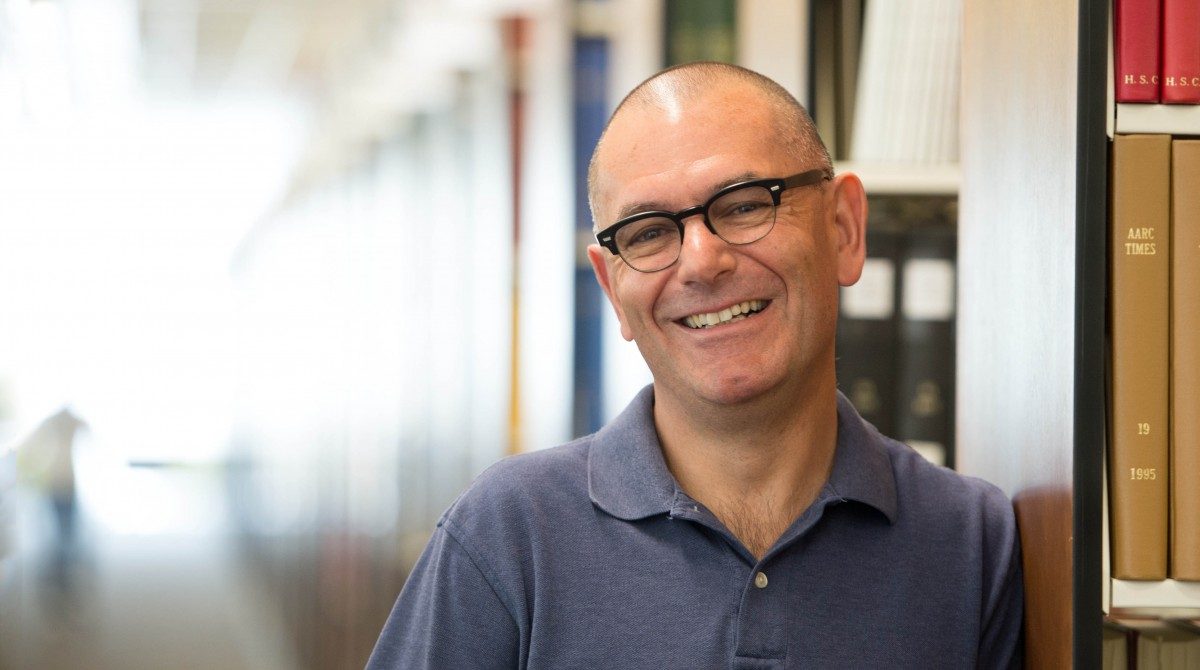
First Nations partner with U of M in study of on-reserve health care
Dr. Alan Katz says the evidence is clear: health care on Manitoba’s First Nations is falling short.
Primary health care reform has been underway in Canada for more than 20 years. Strides are being made to strengthen the system overall, but there’s been little effect on reserves, the U of M professor says.
“Most of the work being done is intended for urban populations,” says Katz. And that leaves First Nations communities out in the cold.
Katz is a professor of family medicine and community health sciences in the Max Rady College of Medicine, Rady Faculty of Health Sciences, as well as the director of the Manitoba Centre for Health Policy. As a researcher, he is four years into a five-year project funded by the Canadian Institutes of Health Research.
The study is examining how First Nations people living on reserves understand their primary health care needs, how those needs are or aren’t being met, and the outcomes the communities are experiencing related to their care.
The project is a collaboration with Nanaandawewigamig, the First Nations Health and Social Secretariat of Manitoba. Research conducted in full partnership with communities, Katz says, is imperative to developing a truly effective strategy for the province’s First Nations.
One of the greatest challenges is that the on-reserve health care that a First Nation can offer depends on how its funding model works. That varies throughout each of the province’s 63 First Nations. There’s no comparing like to like, which Katz says has required a great deal of support from Nanaandawewigamig to find representative groups to help shape the discussion. Eight First Nations communities were identified as primary contacts for the professor and his team.
“I never would have undertaken this research without the guidance of people who have a legitimate personal engagement,” says Katz. “It’s too important.”
So far, data shows that First Nations communities with nursing stations – the most comprehensive type of care – fare better than those without. “We’ve measured hospitalization as an outcome, because we know that certain kinds of hospitalizations, such as for asthma and diabetes, are dependent upon the kinds of primary care services you get,” says Katz.
Effective primary care from a nursing station means health problems in people with chronic illness are less likely to escalate, which means more patients can be managed at home.
In addition to increasing access to nursing stations, communities have identified mental health services, community-based maternity care and respect for traditional healing as key elements to better service. Slowly, a model is arising that may be useful in a variety of First Nations settings.
“Still, there’s no quick fix,” says Katz. “We can’t just say, ‘Now that we have this great model, we’ll roll it out and everybody will be happy.’ It’s about working with communities to chip away at the challenges they face.”
One of the most encouraging parts of the project, he says, has been witnessing the dialogue and mentorship now occurring between members of the participating First Nations groups. Once they started digging deeper into their shared issues around primary health care, it became clear that there were already steps being taken in some communities that could work elsewhere.
Pnaymootang leaders, for example, realized that they had developed some practices after the flood of 2011 at Lake Manitoba that could benefit their peers. “Now they’re taking a leadership role to developing a regional model for themselves and the surrounding communities.”






